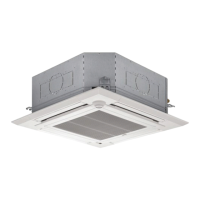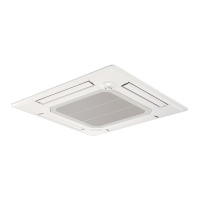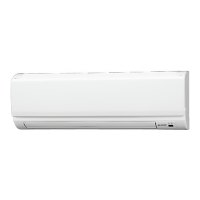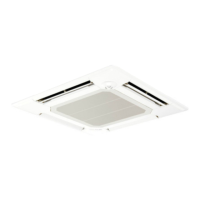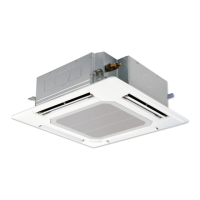SERVICE MANUAL
CONTENTS
1. REFERENCE MANUAL ····························· 2
2. SAFETY PRECAUTION ·····························2
3. FEATURES ············································· 6
4. SPECIFICATIONS ···································· 7
5. DATA······················································ 8
6. OUTLINES AND DIMENSIONS ················· 10
7. WIRING DIAGRAM ································· 11
8. WIRING SPECIFICATIONS ······················ 12
9.
REFRIGERANT SYSTEM DIAGRAM
············ 16
10. TROUBLESHOOTING ····························· 17
11. EASY MAINTENANCE FUNCTION ············ 70
12. FUNCTION SETTING ······························ 72
13.
MONITORING THE OPERATION DATA BY THE REMOTE CONTROLLER
··········77
14. DISASSEMBLY PROCEDURE ·················· 87
R410A
Notes:
• This manual describes service
data of the outdoor units only.
[Model Name]
PUZ-HA24NHA
[Service Ref.]
PUZ-HA24NHA
PARTS CATALOG (OCB721)
SPLIT-TYPE, HEAT PUMP AIR CONDITIONERS
No. OCH721
REVISED EDITION-A
October 2019
Revision:
• Some descriptions have
been modified
in REVISED EDITION-A.
OCH721 is void.
